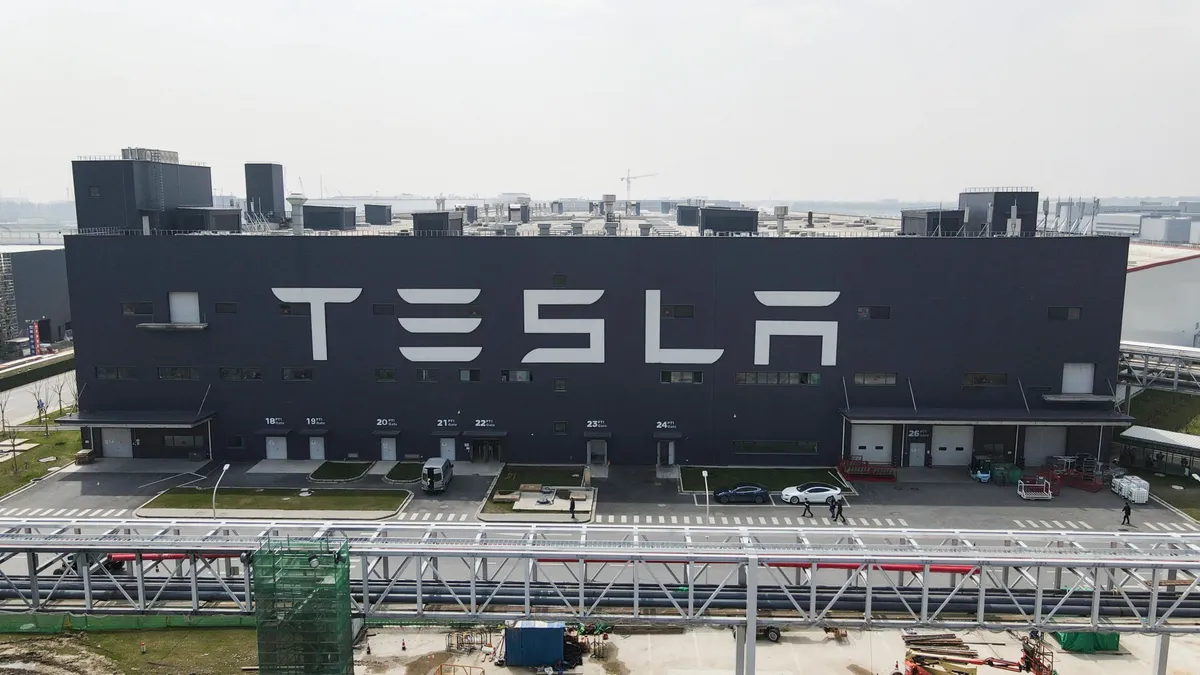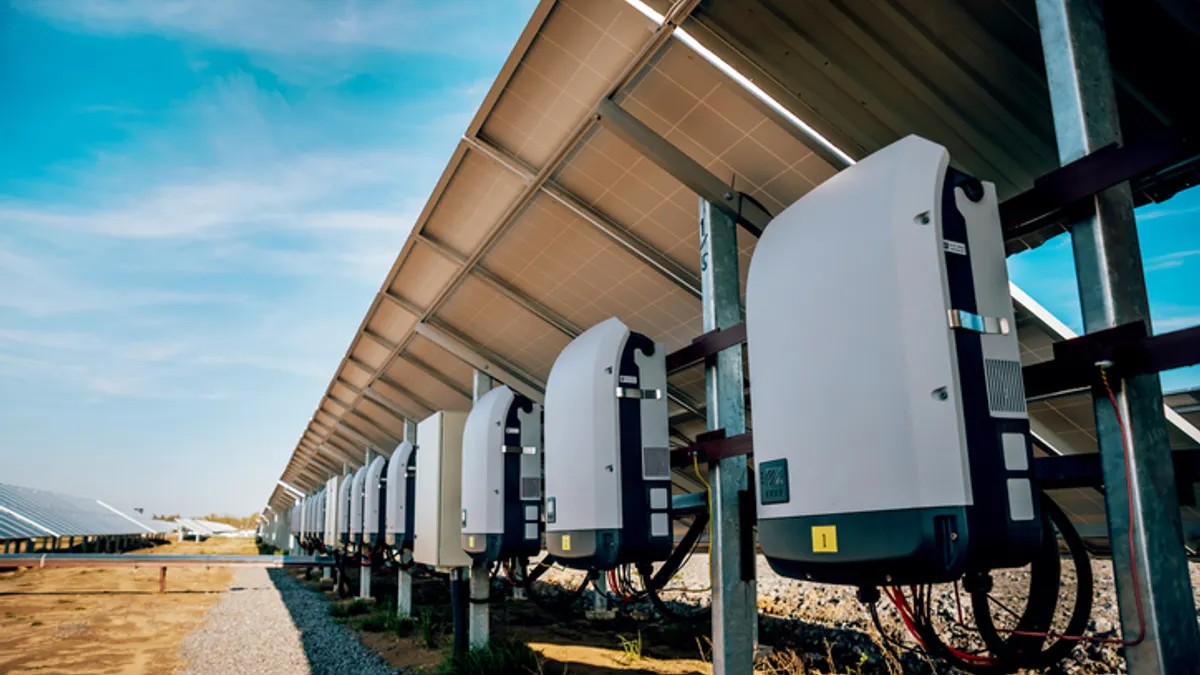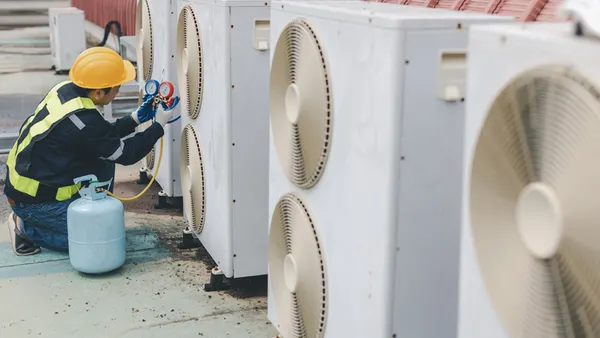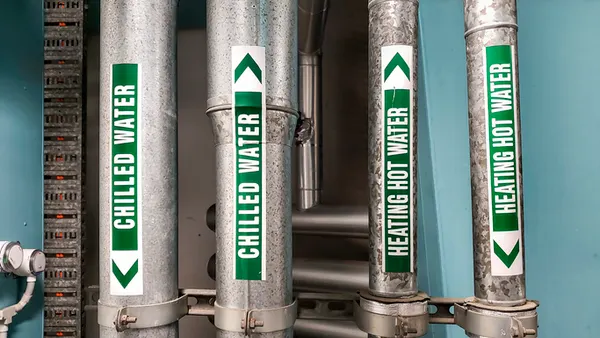Dive Brief:
- Tesla's Q3 energy storage deployments jumped 71% to 1.3 million MWh from the year-ago period, bolstered by sales of the utility-scale Megapack product, according to the company's third quarter earnings report. Storage deployments inched up 1.6% from Q2, Tesla said.
- Tesla deployed 83 MW of solar in Q3, a slight decrease from the previous quarter and a 46% year-over-year increase.
- Supply chain issues continued to dog Tesla's energy and electric vehicle business, chief financial officer Zach Kirkhorn said on the Oct. 20 earnings call. Still, the company's automotive revenue was $12 billion in Q3, up 58% from the same period the previous year buoyed by a 70% year-over-year increase in vehicle deliveries.
Dive Insight:
Tesla continues to be bullish on its energy storage business, even as Kirkhorn acknowledged that demand is outstripping supply. "Backlogs are continuing to grow and average customer wait times are extending," Kirkhorn said about the vehicle business, adding that "similar dynamics are also playing out on our storage business."
In September, Tesla broke ground on a factory in Lathrop, Calif. to produce the Megapack, a 3 MWh battery storage system that it says is 60% more energy-dense than the Powerpack. With the new factory, Tesla says it will have the capacity for 40 GWh of annual Megapack production, compared to the total of 3 GWh deployed over the last 12 months.
Despite the supply issues, Tesla reported $806 million in revenue from its energy and storage arm, just above the $801 million reported in Q2 and a 39% increase from the same period in 2020. Tesla has increasingly centered its solar and storage business as a key area of growth, including an application to become a retail energy provider in Texas.
The company also continued its growth in electric vehicle deployment, delivering more than 240,000 vehicles and producing 238,000 in Q3. Kirkhorn said those numbers are in part due to increased production from Tesla's factory in Shanghai, with production expected to increase with new factories ramping up in Berlin,Germany and Austin,Texas. Kirkhorn noted that "we are pushing the boundaries on new product and manufacturing technologies" at those factories, "which makes it difficult to predict the exact pace of the ramp."
Overall, Tesla reported a record net income of $1.6 billion in the third quarter and $13.8 billion in revenue, the second time the company topped $1 billion in net income. Gross margins of 30.5% for automotive and 26.6% overall represented the company's best numbers for the past five quarters.
The company also affirmed its plans to shift to a lithium-iron-phosphate (LFP) battery chemistry for all vehicles worldwide, moving to a battery design that does not use the critical mineral cobalt. While LFP batteries tend to have lower energy density that conventional lithium-nickel-manganese-cobalt-oxide batteries, they also have a lower fire risk and will be cheaper to produce. Tesla had previously indicated it would adopt LFP technology for the Megapack.
While nearly all LFP packs currently come from China, Tesla senior vice president Drew Baglino said on the earnings call that the goal was to ramp up production around the world. "Our goal is to localize all key parts of the vehicles on the continent … if not closer to where the vehicles are produced," Baglino said. "We're working … with our suppliers to accomplish that goal and not just at the end-assembly level, but as far upstream as possible."













